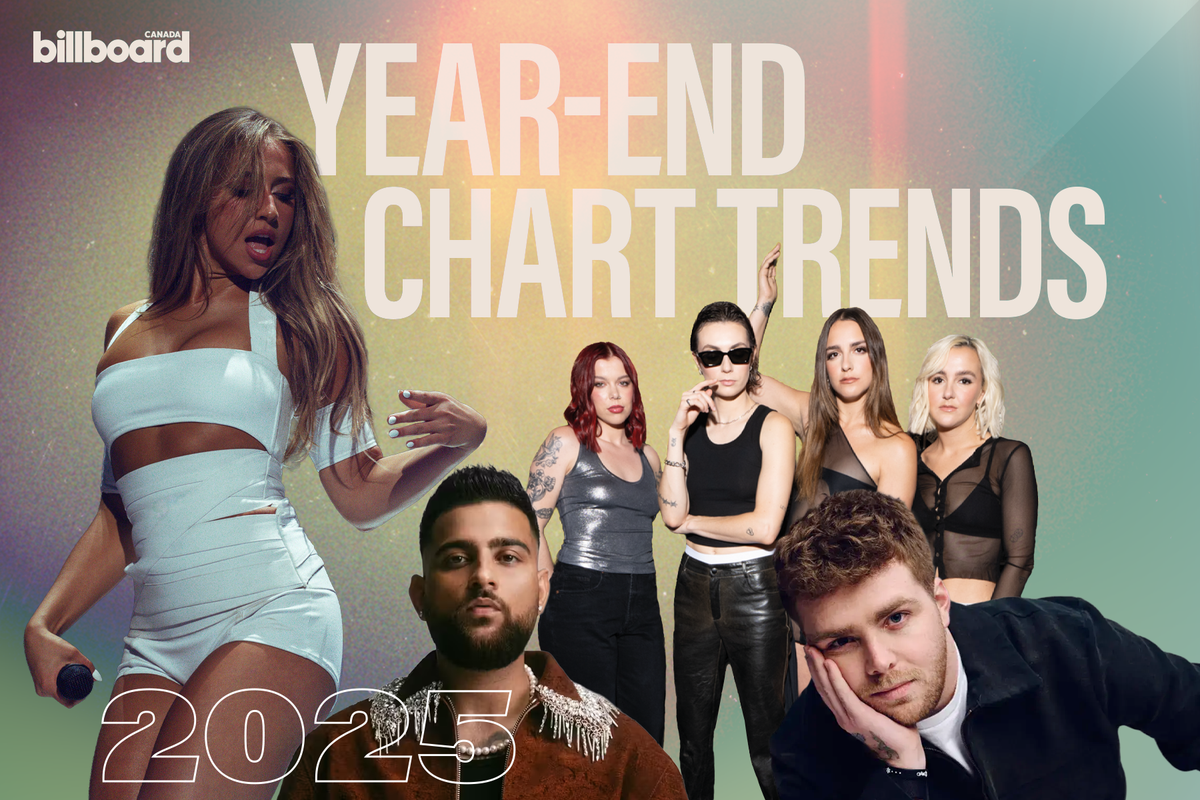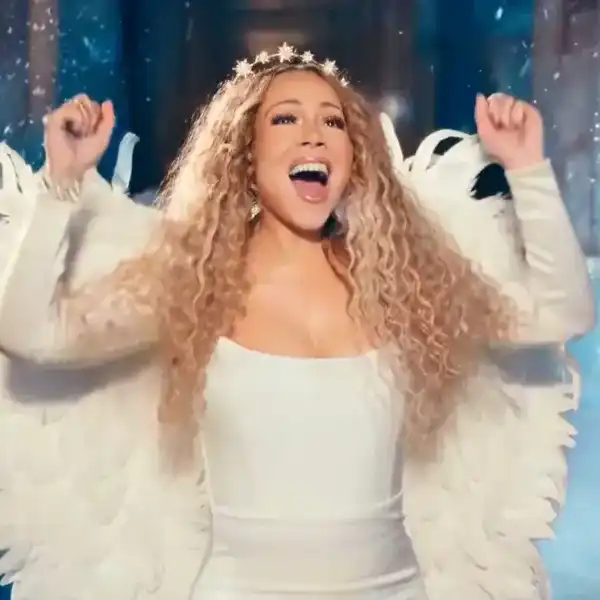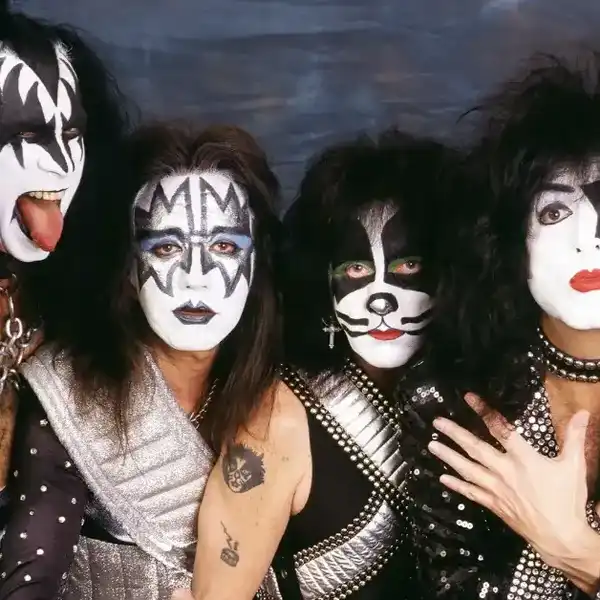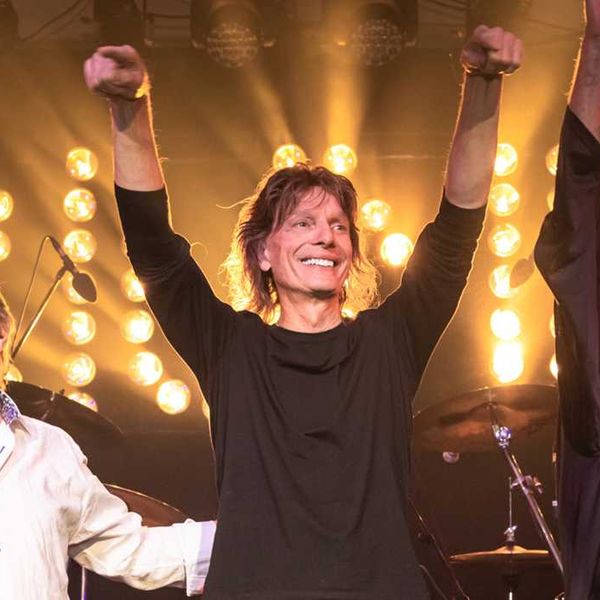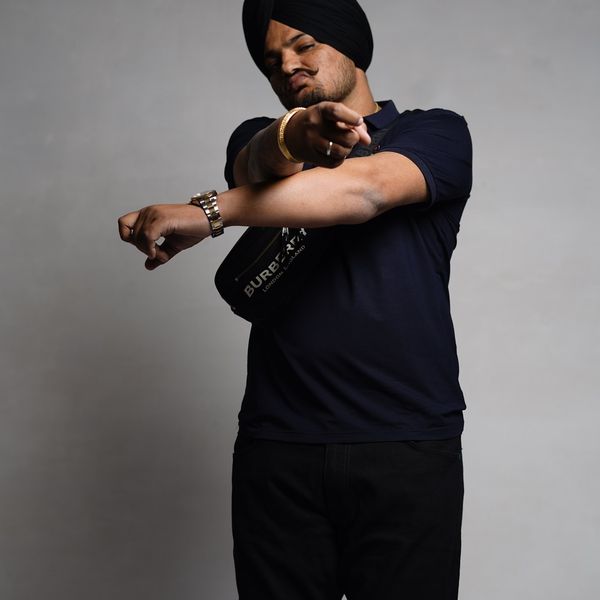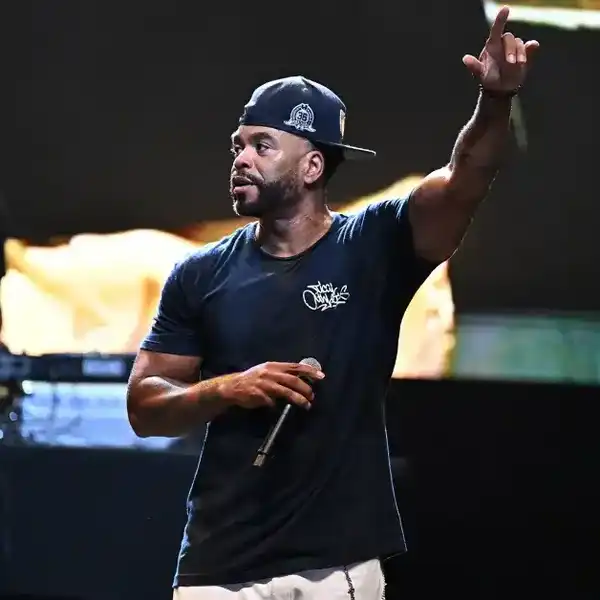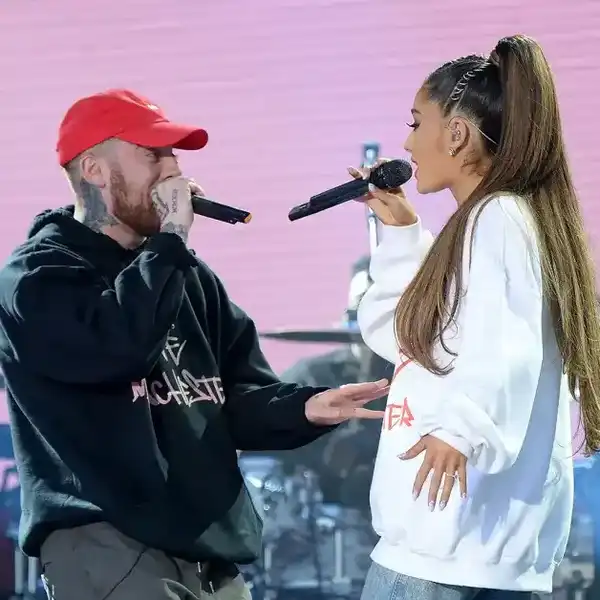Dave Charles Interviews Campus/Community Radio ED Barry Rooke
Barry started in campus/community radio at the age of 15 when he was introduced to CFRU at the University of Guelph.

By Dave Charles
Barry started in campus/community radio at the age of 15 when he was introduced to CFRU at the University of Guelph. His involvement there as a teenager led him to a 3-year diploma in Radio & TV Broadcasting, followed by an HR degree and in-depth research looking at Social Media use by campus/community, public and private radio in Canada for his master's degree. He also spent time as the technical coordinator, administrator, station manager and chair of the board of directors at CFRU.
With his experience as a broadcaster for 15 years, a producer in commercial radio for three years and interactions with the association and its members. In 2015 he took over as Executive Director at the NCRA/ANREC.
Tell our FYI readers about the purpose of NCRA (National Campus Radio Association).
The National Campus and Community Radio Association/L'Association nationale des radios étudiantes et communautaires (“NCRA/ANREC”) is a not-for-profit national association working to recognize, support, and encourage volunteer-based, non-profit, public-access campus, community and Indigenous radio broadcasters in Canada. We provide advice and advocacy for individual campus and community (“c/c”) stations and conduct lobbying and policy development initiatives with a view to advancing the role and increasing the effectiveness of our sector. Our goals are to ensure stability and support for individual stations and to promote the long-term growth and effectiveness of the sector.
How many radio stations are in the current NCRA network in Canada?
The NCRA/ANREC as of April 2023 has 125 member stations. Most of our members are located in English-speaking communities and broadcast predominantly in English, but serve a diverse range of cultural, social and linguistic communities. We have several Native B and French-language or bilingual-licensed members, although most French-language c/c stations are members of either of the French community radio associations: l'Alliance des radios communautaires du Canada (“ARCC”) and l’Association des radiodiffuseurs communautaires du Québec (“ARCQ”).
Estimated population within the signal range of NCRA/ANREC members: 23,771,000 Canadians, or over 75% of Canada’s population. Combined with the French language associations, this number is close to 90%, though we are not completely sure as we lack data to properly determine our listenership and reach. More than 35 stations serve Official Language Minority communities. and over 95 serve communities with populations of less than 50,000 people across the sector.
Describe a typical NCRA radio format. IE Percentage of new music, Spoken word, Local news and Community information? Public access to the airwaves?
Of our 125 members, approximately one-third are based on a campus, with two-thirds not. Some members are still in development, others are broadcasting online only and do not seek a Broadcasting License. Licensed stations in our sector vary widely: some are in tiny rural communities with no staff, a small group of volunteers, and budgets of less than $5,000; some are medium-sized with a few staff and budgets in the range of $150,000 to $350,000; and a few are in large urban areas with upwards of a dozen staff, 200 volunteers, and an annual budget of more than $500,000. At last count, our stations broadcast in over 65 different languages and all follow the broadcasting rules as set forth by the CRTC for a licenced Campus, Community or Indigenous (Native B or Exempt) station, which means that 15% of all on-air content is locally produced spoken word. Our stations are all not-for-profits, meaning an elected board of volunteers runs them and have the mandate to provide public access to the airwaves, often the only place where those who usually cannot participate or share their stores get to do so. We also typically exceed over 50% of CanCon (Music made by Canadians), which is well over the 35% minimum threshold.
Give us a sense of the mandate for a typical NCRA.
Our members are as diverse as the communities they serve and respond to local realities/needs in their programming, staffing, community development work, and their services and fundraising. There is no typical community-based radio station – all our members are exceptional!
Community radio is about volunteerism, social engagement, independent music, learning by doing, community capacity building, citizen journalism and more. Our stations directly support the diversity of regions, languages, cultures, and abilities, with people and businesses that service the needs and interests of all Canadians, including Canadians from Black or other racialized communities and Canadians of diverse ethnocultural backgrounds, socio-economic statuses, abilities and disabilities, sexual orientations, gender identities and expressions, and ages.
Here are some quick details about Campus/Community radio, in all our diversity.
Total watts of broadcasting power: 192,000+
Staff: 450 (Full-time equivalent) down from 700 pre-2020
Volunteer force: over 6,000 working an estimated 45,000 hours per week down from 10,000 pre-2020
How are Campus radio stations funded?
Each dollar invested in Community Radio goes immeasurably farther in our community than money invested in other parts of the broadcasting sector. A far more significant portion of that investment will stay in the community where it is invested since our volunteer base is comprised of community-minded, grassroots, engaged citizens who participate in the local economy and use creative solutions to stretch their operating dollars.
Much of this economic impact needs to be reflected on traditional balance sheets. For example, a large portion of the advertising on c/c stations is targeted and priced for local independent businesses and non-profit organizations and as such may also be discounted, played for free as a public service announcement or exchanged for goods and services in-kind.
Most c/c and Indigenous stations generate operating revenue by selling advertising or relying on donations, sponsorships, grants, donor drives, student fee levies, and other types of fundraising. Some stations host on-air bingo games in provinces where this is permitted. OLMC (French-language) radio stations in communities outside of Quebec receive some operational funding from the federal government, and community-licensed radio stations in Quebec receive some operational funding from the province, but c/c radio stations in other provinces do not.
Indigenous radio stations north of the Hamelin Line, drawn at the 55th parallel, are eligible for some operational funding from Heritage Canada’s Northern Aboriginal Broadcasting (NAB) component of the Indigenous Languages and Cultures Program. Indigenous radio stations in other parts of Canada are not.
In 2007, the NCRA/ANREC, ARCC, and ARCQ created the Community Radio Fund of Canada/Fonds canadien de la radio communautaire (“CRFC/FCRC”) to provide financial support for the c/c sector, and, in 2009, the CRTC approved the CRFC/FCRC as a Canadian Content Development (“CCD”) recipient. Since then, the CRFC/FCRC has allocated over $21M in CCD funds to more than 200 projects impacting c/c radio stations nationwide through their Radiometres program and other programs. However, this CCD funding is distributed under a project-based model and through a competitive process, so recipients differ for each project, and projects are limited to 12 months in length. We are also aware that, at the rate at which current CCD contributions are diminishing, the CRFC/FCRC could be required to cease operations by the end of the decade unless something changes.
Commercial radio is looking for new talent all the time. What is your percentage of radio talent that leaves Campus radio and moves to a commercial radio company?
We can put a percentage to it, but we can tell you it is a lot. As broadcasting schools close, more and more commercial and public broadcasters look to our sector for those who have learned the craft through c/c radio. We would also highlight that a disproportionate number of people in political office have come through campus/community radio in Canada. Here is a short list of some of our notable alumni
Our member stations support and promote access to low-barrier training for culturally, linguistically, and socially diverse populations, providing opportunities for individuals to learn technical, journalism and media literacy skills at no little or no cost. Here are some examples of training offered in our sector:
CJNU-FM in Winnipeg, MB has partnered with the NCRA/ANREC to develop a free podcast teaching portal for seniors funded in part by the Government of Canada’s New Horizons for Seniors Program.
In addition to offering in-person programmer training CFRC-FM in Kingston, ON has created a series of volunteer training modules and print manuals available on their website. Prospective volunteers are encouraged to make accommodation requests as needed at any point in the training process.
CKHA-FM in Minden, ON also enhances its in-person training with video modules targeted specifically for their older adult demographic. This includes how to use Facebook and Twitter, how to use Zoom’s audio record feature, and how to podcast.
CFCR-FM in Saskatoon, SK, offers a two-week annual Youth Summer Radio Camp focusing on skill-building in radio, media, and podcasting. The camp’s 2023 theme is to empower youth to create their own music program.
CKVI-FM, a high school radio station in Kingston, ON, offers students opportunities to learn skills relevant to careers in broadcasting, media, and journalism since 1997.
What are the key points that your campus radio stations must adhere to on a daily basis?
Beyond the details in our policy, things like Emergency Broadcasting are critical to the local communities' safety. For example, our member, CKVB-FM, is now the only locally-originating broadcaster in Corner Brook, NL, since two commercial broadcasters closed their local studios earlier in 2022 and are now simulcast from St. John’s. Later that year, CKVB-FM provided extensive on-air coverage of Hurricane Fiona and live stream and social media updates on the storm’s progress, which attracted thousands of viewers.
Campus and Community radio stations are required by the condition of the licence to produce an average of 19 hours of local, spoken-word programming each week. This is the equivalent of approximately 95 hours of production time that is focused on news, local information and discussion each week. They are the only licensed broadcasters required to do so in Canada. No commercial media classifications (TV, print or radio) have minimum local programming mandates to hold a license, which means that community and public media organizations are held to a higher standard, with few government funding sources and declining industry resources (Canadian Content Development funds).
In the recent CRTC decision regarding the commercial broadcasting policy, it confirmed that “On radio, the news is often introduced regularly during programs heard throughout the broadcast day for the benefit of listeners joining in, without necessarily being part of a news bulletin or a regularly scheduled newscast.”
Radio A.I. is creating a buzz in radio these days. What is your initial impression of Radio A.I. from the NCRA perspective?
As we are hearing from many groups, AI is not going to replace humans (including in Radio), but people who know how to use AI will. It is going to be important for stations to learn technologies to help as people retire or lose interest in the sector. Effectively using it will help with freeing up more time for people to do people things, but also allow the station to service more of its listeners by capturing and sharing news, information and music. We expect this to be a focal point in the coming years.
For the first time in many years, enrolment is down in many Radio colleges. Loyalist in Belleville I understand has suspended its enrollment due to a lack to registrations for the radio program. What effect will this have on campus radio stations?
Stations tied to broadcasting schools, such as Humber, Algonquin, BCIT and Fanshawe are struggling with numbers. When I started my career in 1999 at Conestoga College in Kitchener, Ontario, I was one of 35 to get into the Radio and TV Broadcasting program. There were over 500 applicants. As of now (July 2023), the above schools still have room for new students this fall. Volunteer numbers at stations are down as well, by almost 40% from pre-pandemic numbers. As a result, staff and stations are doing more with less, and it creates a strain on our system.
Let alone the issues related to broadcasting engineers - as there are no schools teaching it and most of those certified are close to or already retired.
Podcasting is growing. Where does Podcasting (short-form programming) fit into the Campus radio scene?
Despite their modest budgets, our members have been innovators in the digital space for years. Some large c/c radio stations adopted live streaming and podcasting technologies before they were common. Even our smallest members have a digital presence, a simple website, a simulcast of their AM/FM signal, and some social media. Larger stations may offer digital engagement through podcast and video channels, additional webstreams, public playlists, blogs, curated content, digital compilations, live studio chat with hosts, access to station archives, digital magazines, custom-made apps, and charts. Depending on a station’s staff, volunteers, and financial resources, its digital presence might simply duplicate its on-air programming or go far beyond it to reach new audiences.
The NCRA/ANREC also hosts a national podcasting school each year, training broadcasters and podcasters how to make high-quality work and is exploring expanding to further support programmers on an individual basis, just like our stations do. Many stations have their own training, run podcasting networks, work with their local government or campus officials to make podcasts and offer recording spaces. To most in the sector, a podcast is simply another form of radio - a way to share stories and passions.
What are the growth expectations for Campus Radio in Canada in the next few years?
Despite challenging times for radio, the c/c and Indigenous radio sectors have each grown by an average of 5 new stations per year over the last five years. This growth has been mainly in new online unlicensed stations, which are much faster and cheaper to set up and are the only option in some markets due to spectrum scarcity. The NCRA/ANREC has seen an uptake in rural and suburban inquiries about starting not-for-profit radio stations, significantly as commercial stations reduce local programming or close altogether. As of July 2023, we have seen applications for another five members, including inquiries from around a dozen or so groups looking to start stations.
How would you describe Campus Radio's role in the communities they serve? Please elaborate.
Campus radio stations have a specific role, that is, the campus they serve (though all campus stations also have community volunteers). It's about what happens locally and providing news, information and opportunities not normally available. In many cases, campus stations work with professors to have audio documentaries instead of essays completed, and many stations broadcast varsity sports and provide airspace for campus groups.
Additionally, a lot of programming for campuses is created, such as:
All Access Pass airs weekly on CiTR-FM in Vancouver, BC, and the hosts discuss equity, inclusion, and accessibility for people with diverse abilities on the University of British Columbia campus and beyond.
CKUT-FM in Montreal, QC, has been home to The Avalanche, a disability justice show where all abilities are welcome, since 2010.
CJUM-FM, which broadcasts from the University Of Manitoba campus in Winnipeg, MB, partnered with the National Centre for Truth and Reconciliation and the University of Manitoba’s Office of Indigenous Achievement to produce Minogondaagen: The Good Voice, a radio and podcast series about reconciliation.
CJAM-FM, on the University of Windsor campus, hired a BIPOC (Black, Indigenous, People of Color) Engagement Coordinator to outreach and make connections with on- and off-campus groups and work with staff to update the station’s policies and procedures, including new Anti-Black Racism and Harassment policies.
CJSW-FM in Calgary, AB, created a mobile app that makes the station available to a broader range of listeners.
CanQueer: Canada’s most syndicated 2SLGBTQA+ Current Affairs program and podcast is produced at CIUT-FM in Toronto, ON
CiTR-FM in Vancouver, BC, partnered with the University of British Columbia Library Digitization Centre to make a wealth of reel-to-reel broadcast content publicly available to document Vancouver's music and arts scene between 1949 and 2000. The collection includes live performances by local and international musical groups, interviews with independent artists and activists, unique radio productions, advertisements, and station identifications.

